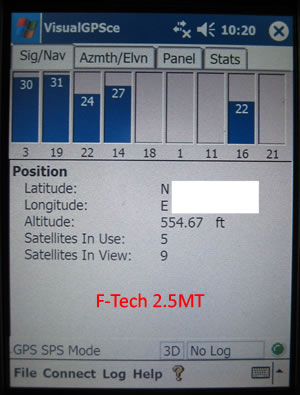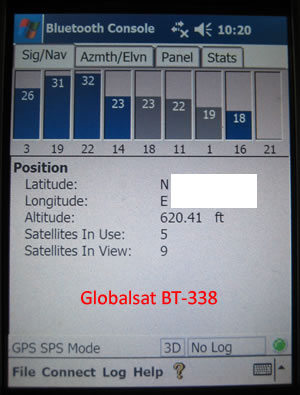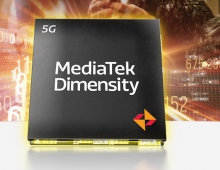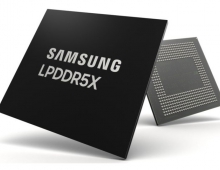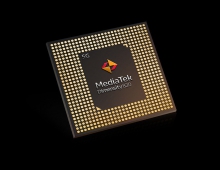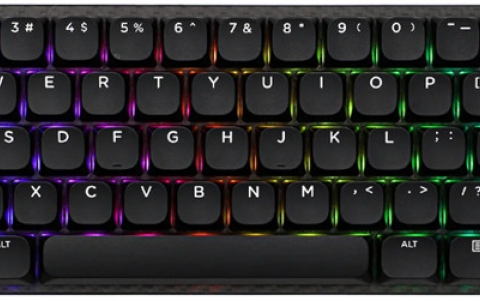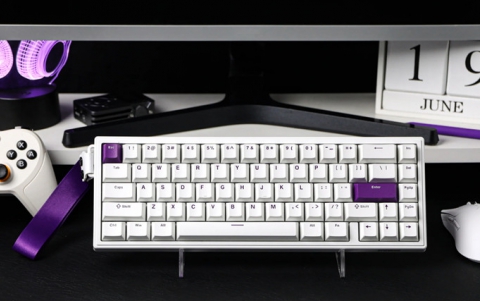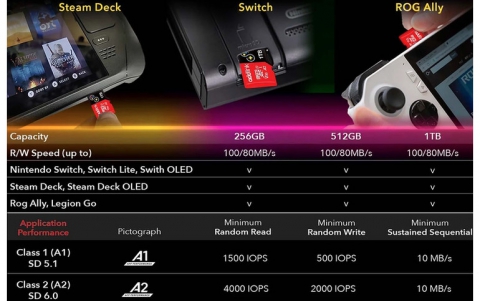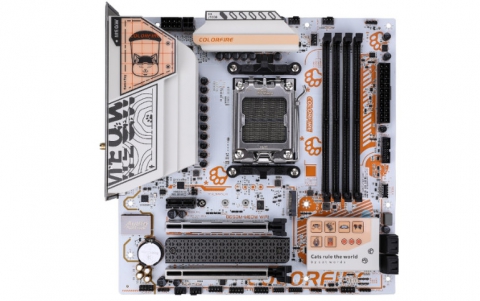F-Tech Solar MT
3. Installation
Installing the device is very easy. After charging for a little over 2 hours, you can install it either on your PDA or BT enabled laptop. Remember, that the pairing key is four zeros (0000), in case the application asks for it. We recorded all data for a pre-selected route with VisualGPSX and later analyzed it with GPSLog.
Unfortunately, there is no way to measure the TTFF times ("Time to First Fix" which is the time it takes for a GPS to determine its current position), since there isn't any software that could be used to perform a "Cold Start" function. All tests ran simultaneously, under the same environmental conditions.
- Outdoor Tests
We tested the devices in daytime with a partly cloudy sky. Temperature was 15°C.
Globalsat BT-338
|
F-Tech Solar 2.5MR
|
||
Time to First Fix (TTFF)
|
Secs
|
39 sec
|
? sec
|
Fix
|
Invalid
|
0
|
0
|
2D
|
0
|
0.2
|
|
|
100
|
99.8
|
|
Satellites
|
Average (in view)
|
8
|
12.47
|
Average (in use)
|
6.21
|
5.61
|
|
Average Signal Level (in dB)
|
Maximum per Satellite
|
47.00
|
43.43
|
Average per Satellite
|
36.87
|
35.09
|
|
The analysis results for both GPS receivers showed that Globalsat BT-338 still holds its own in the GPS market, since it didn't at any time lose its 3D Fix and had higher Signal levels per satellite. The F-Tech Solar 2.5MR on the other had, momentarily lost its 3D fix (99.8%) and had much higher number of satellites in view, but lower in use. Its signal levels were somewhat lower than the BT-338. Most users won't even notice the differences...
- Indoor Sensitivity
We placed both receivers inside a house close to a big window and monitored their performance. Both receivers had a 3D fix all the time and almost similar performance. We noticed that the BT-338 had better sensitivity reporting satellites with less than 20dB signal level.
